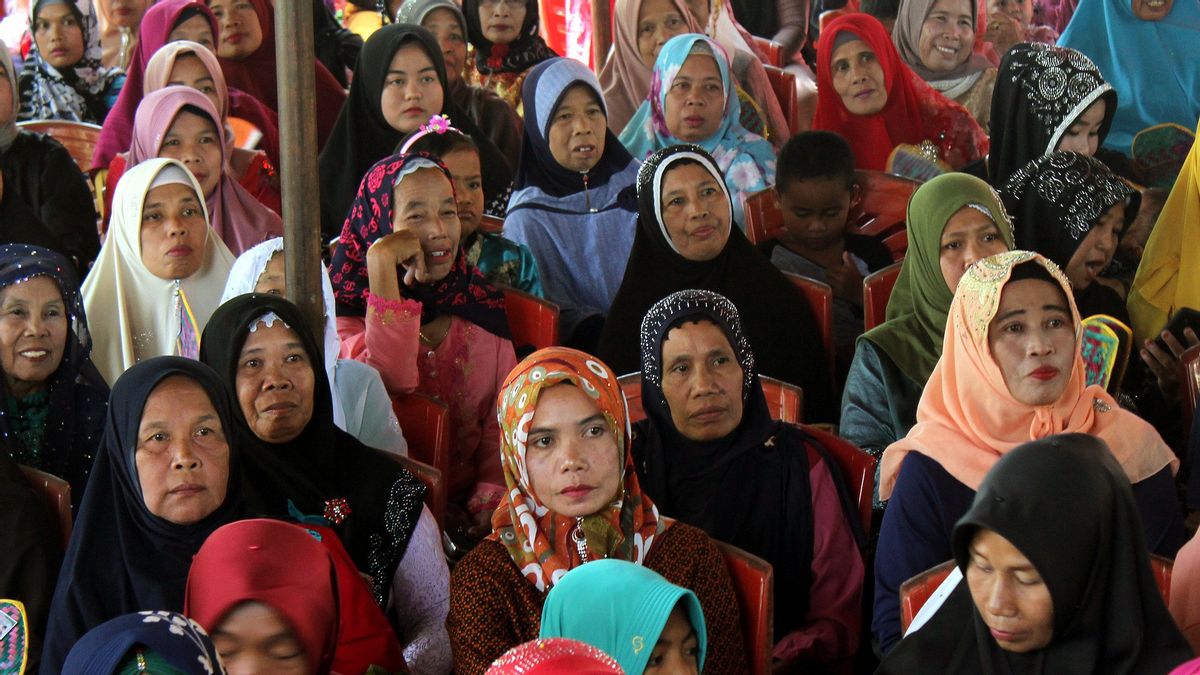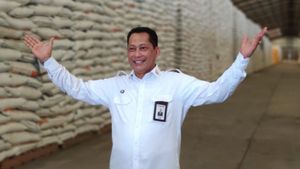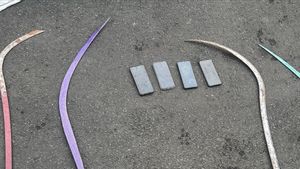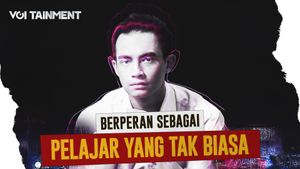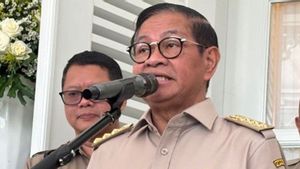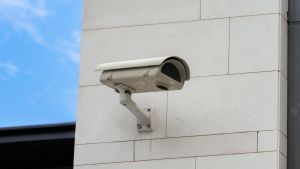JAKARTA - Violence against women is still a big issue. Komnas Perempuan has recorded developments in this case. The types of violence recorded were varied. Including discrimination which is the domain of the state.
Based on 2019 data, the rate of violence in the realm of the state was recorded at 0.1 percent or 16 cases. The highest was domestic violence (KDRT) with a rate of 71 percent or 9,637 cases. After that, violence against women in the public sphere recorded a percentage of 28 percent or 3,915 cases.
Even though the rate of violence against women in the realm of the state has started to decline, it seems we need to remember the record during the New Order government, where the percentage of this type of violence was quite high. In history, remembering is important to prevent history from repeating itself.
The most highlighted note of women's violence in the realm of the state at that time was discrimination on freedom of expression, namely restrictions on the use of the hijab by women. At that time, women wearing the hijab were considered to be disturbing the sustainability of the country.
The influence of the Iranian revolution
The revolution in Iran in 1979 influenced Muslim women during the New Order era to wear the hijab. The Iranian revolution gave rise to a psychological impulse that the hijab in Indonesia was a symbol of self-respect, respect, pride and a new identity.
The spirit of wearing the hijab was also triggered by the idea of the Muslim Brotherhood entering Indonesia through the books of its leaders, which have been widely translated since the 1970s. As a result, women - especially among female student activists - started wearing the hijab.
According to Masnun Tahir and Zusiana in the Al-Qawwam Journal entitled Measuring the Contextualization of the Hijab Concept in Islam, it is explained how the Suharto regime saw the use of the hijab as a rebellious movement. The regime's views were influenced by the number of conflicts in Middle Eastern countries at that time. They suspected that the use of the hijab was a symbol of the influence of the rebellion in the Middle East that could threaten Suharto's rule at that time.
This suspicion was the reason the New Order issued a policy on March 17, 1982 through the Director General of Education and Middle Education, namely Prof. Darji Darmodiharjo with SK 052 / C / Kep / D.82. Not only in universities, decisions are also applied in public schools. The results of SK 052 led to various cases of hijab prohibition that were experienced by state school students and the community on campuses.
At that time, the sanctions that could be accepted by students who wore the hijab could be in the form of reprimands, interrogation in the BK room, suspension, drying in the field while respecting the flag, even being expelled from public schools and moving to private schools. So many cases of hijab prohibition occurred from 1985 to 1989.
According to Marle Ricklefs in the book History of Modern Indonesia, Islamic movements that were opposed to the New Order were hampered. "The New Order government always prevented Muslims from implementing Islamic law in their daily lives. For example, it prohibited women from wearing the headscarf to cover their genitals."
Policies against
Suharto could not keep blocking the hijab for long because his policies were widely opposed. Abdurrahman Wahid voiced one of the strongest objections. Gradually, Suharto finally reduced this opposition by embracing Muslims.
This was proven by Suharto with the approval of the establishment of the Indonesian Muslim Intellectuals Association (ICMI) in 1990 which was then accompanied by allowing the hijab to be worn and growing. Based on Decree number 100 / C / Kep / D / 1991, the Directorate General of Education and Middle Schools obtained wearing a hijab.
“Suharto's efforts to gain Islamic support resulted in a number of concessions in the late 1980s and early 1990s. Women are allowed to wear the hijab, ”wrote Marle Ricklefs in Modern Indonesian History.
From year to year, after being allowed to slowly wear the hijab more and more. Women are even more creative in modifying the hijab. This trend started from the end of the New Order era, until now.
The English, Chinese, Japanese, Arabic, and French versions are automatically generated by the AI. So there may still be inaccuracies in translating, please always see Indonesian as our main language. (system supported by DigitalSiber.id)
